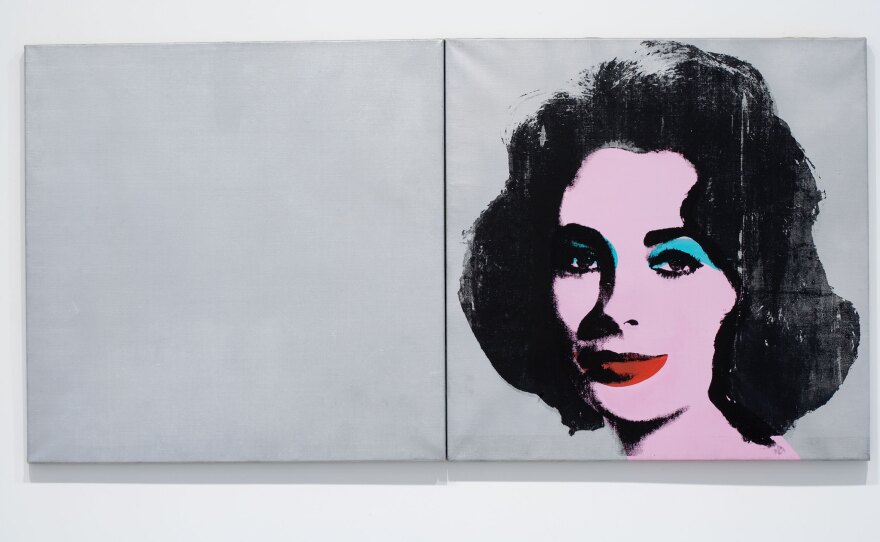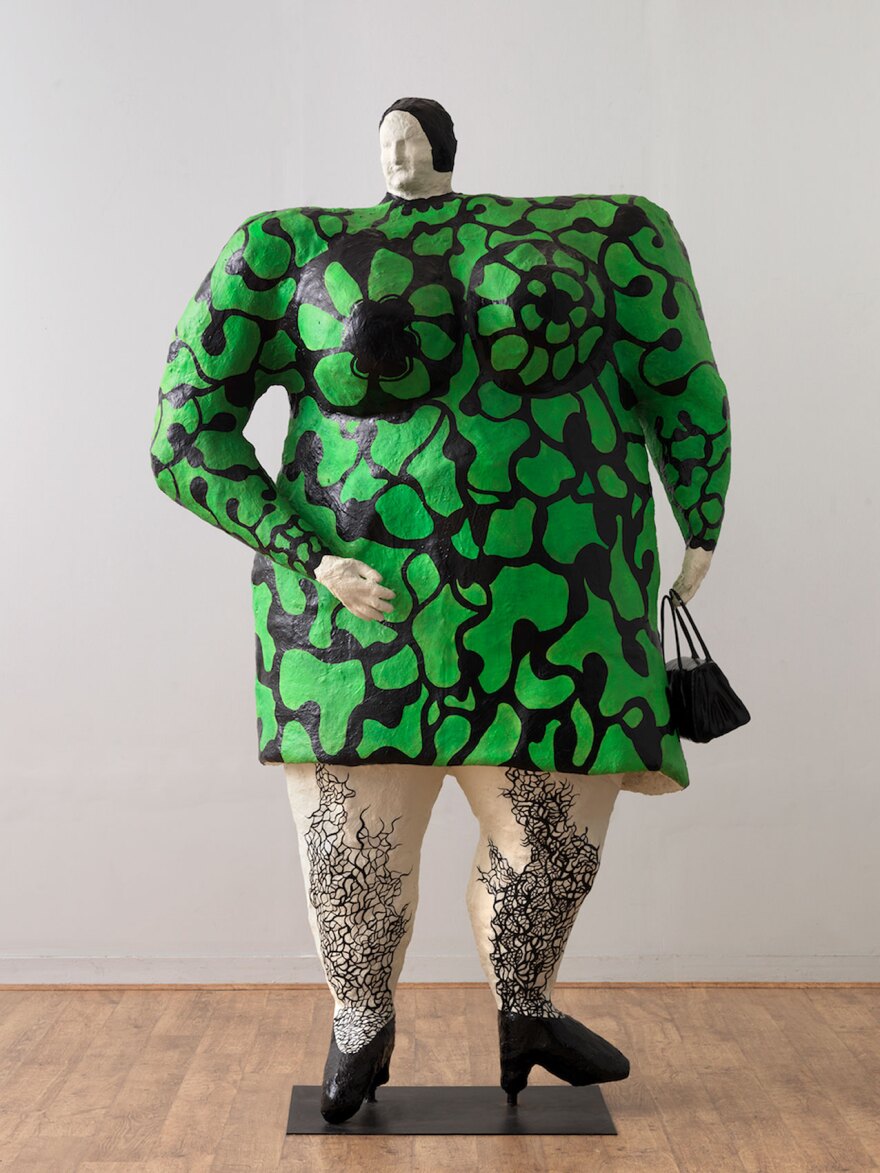In 2018, the Museum of Contemporary Art San Diego broke ground on what would become a four-year, $105 million expansion and renovation project for their La Jolla campus. The institution first presented plans to expand in 2014, using architect Annabelle Selldorf of Selldorf Architects.
RELATED: Expansion Plans Presented For La Jolla Contemporary Art Museum
The expansion involved a major excavation process, (literally) carving out new space on the south side of the structure, making room for two massive, mind-bogglingly airy floors, the transformation of the old Sherwood Auditorium into additional gallery space, and the repurposing of the parking lot into an outdoor public art space. (Required parking is now underground, and includes car stackers for space-saving purposes.)
One of the first requests they made to Selldorf was more space to show their vast collection.
"We are an 80-year-old institution," said Kathryn Kanjo, MCASD's CEO. "We collect work from 1950 to the present, what we refer to as contemporary art, and we have more than 5,000 pieces."
The La Jolla campus has a history of folding prior architecture into its refreshed designs. The original space was built upon founder Ellen Browning Scripps' actual home, and the first museum was designed by famed architect Irving Gill. More renovations took place in the 1950s through the 1970s, with a notable major renovation in 1996 designed by Robert Venturi of Venturi Scott Brown & Associates.
However, no new gallery space has been added since 1979.
The new design makes a fractured past more coherent, while occasionally nodding to features of prior architecture. They've also quadrupled the previous space for displaying art, including several daunting, 22 foot ceilings.
"The average ceiling height in our old museum was 10 feet. Our Andy Warhol painting is 10 feet, you know? Our John Baldessari is 10 feet," Kanjo said.

Walking through the campus involves passing through a series of individual gallery rooms, the largest of which will host temporary exhibitions. Materials, floors and ceilings vary, depending on the room and its structural requirements and intended purpose.
"Each space gives its own kind of character, its own geometry, it's own view," Kanjo said.
As soon as construction is finished, museum staff will begin hanging art throughout the space, a process that is estimated to take three months, Kanjo said.
MCASD's director of communications and marketing Chris Cloud said they'll also unveil a new logo, a modern, streamlined font for the MCASD initials — a design that will replace the "X" the institution has used in recent years.
They'll relaunch with the special exhibition, "Niki de Saint Phalle in the 1960s." The travelling survey is on view through January at the Menil Collection in Houston. After that, it will return to La Jolla — where the French-American artist lived from 1994 until her death in 2002.

The Saint Phalle exhibition will spotlight a prolific and experimental period in her work, and explore her place in postwar and feminist art history.
"I think for San Diegans it's going to be revelatory because it shows all of the avant garde work that she was creating — mostly in Europe but also in the US — in the 1960s before she later came to settle in San Diego," said MCASD curator Jill Dawsey in early September. Dawsey spoke to KPBS while on-site in Houston launching the exhibition.
"Of course we know the whimsical public sculptures that are all around the city and in front of the Mingei and this kind of tells the backstory to that, when she was the sole female member of the Nouveaux Réalistes in Paris and was working and collaborating with Robert Rauschenberg and Jasper Johns," Dawsey said.
MCASD's expanded La Jolla campus will open to the public in April 2022.


















